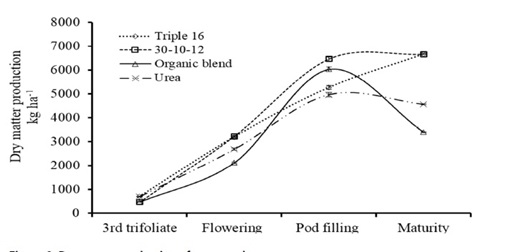Nitrogen Management and Plant Density in Cabbage grown
DOI:
https://doi.org/10.28940/terra.v42i0.2046Keywords:
Brassica oleracea L. var. capitata, fertigation, plasticulture, sap extractAbstract
The management of nitrogen fertilization and plant density are factors that could af fect crop growth, nutritional status and, consequently, the yield. The objective of this research was to identify the yield of cabbage (Brassica oleracea L. var. capitata) in response to four dif ferent nitrogen fertilization managements [(NM) (0, 125, 250 kg N ha-1, and 250 kg N ha-1 in soil with plastic mulch)] and two planting densities [(PD) (3.12 and 6.25 plants m2)]. The study was conducted using a split-plot experimental design completely randomized. The variables evaluated were crop temperature, plant cover and the normalized dif ference vegetation index (NDVI), mineral concentration in cell extract, and yield. It was not until 68 days af ter transplanting (DAT) that fertilization with 250 kg N ha-1 increased the NDVI values in cabbage plants. The concentration of NO3 and Ca in the cell extract was higher in the treatments that received 250 kg N ha-1. An interactive ef fect between the evaluated factors (NM × PD) was identified for Na and K concentrations, and this was attributed to the possible distribution of salts in the soil. Yield was higher in the treatments that received 250 kg N ha-1, regardless of the use of plastic mulch in the soil. Doubling the population density increased yield but did not double it. In conclusion, a nitrogen management of 250 kg ha-1 and a plant density of 6.25 plants m2 are recommended to achieve the highest yield in cabbage crop on Mexico Northwest.
Downloads
Publication Facts
Reviewer profiles N/A
Author statements
- Academic society
- Terra Latinoamericana
- Publisher
- Mexican Society of Soil Science, C.A.

















